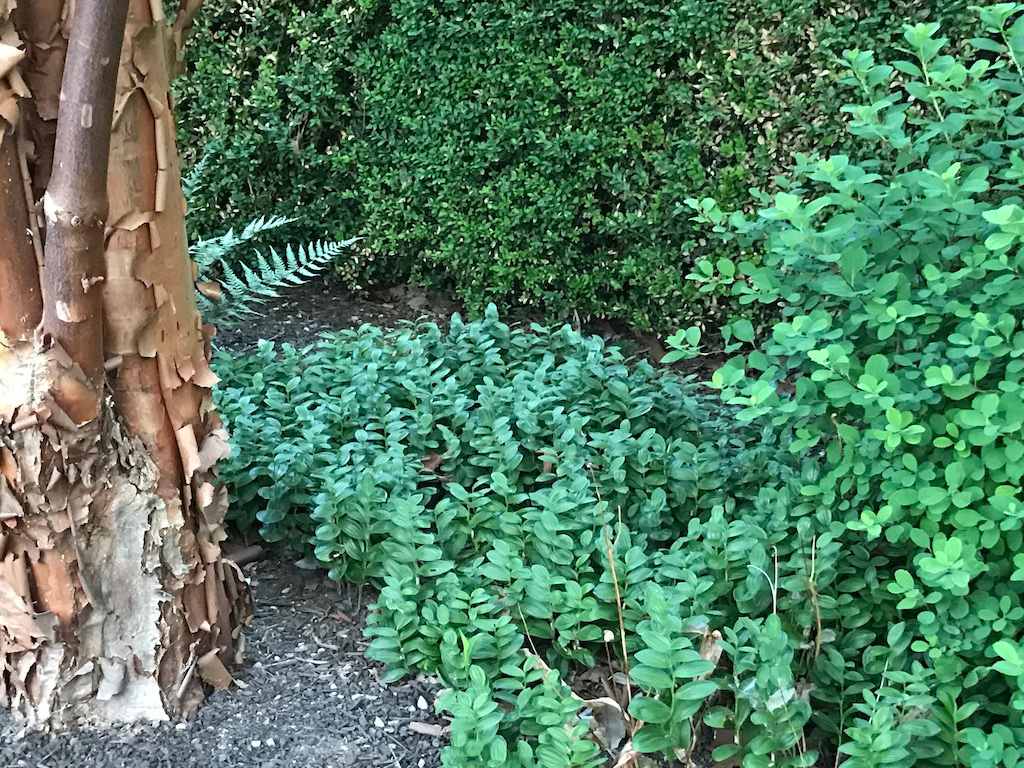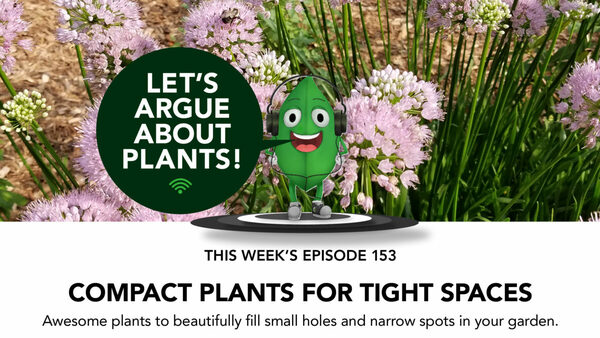
Maybe you want to underplant a tree without obscuring its attractive bark or you want to maintain some visual separation between a low-branched woody plant and the ground plane. Perhaps you would like a bit finer texture to contrast with bolder-leaved specimens. Or maybe you need an appropriately sized plant to make the transition a little less abrupt from lawn to flower beds or from lawn to shrub borders filled with plants of generous proportions. Incorporating smaller-size plants also means increased opportunity to add variety to your garden scheme.

Dwarf Solomon’s seal
Polygonatum humile, Zones 4–8
Dwarf Solomon’s seal only reaches about 9 inches in height and spreads more slowly than its cousins smooth Solomon’s seal and fragrant Solomon’s seal (P. biflorum and P. odoratum, Zones 3–8), making it an ideal ground cover where space is limited. This species performs well in average to wet soils and in partial to full shade.

‘Little Midge’ palm sedge
Carex muskingumensis ‘Little Midge’, Zones 4–10
This sedge matures at under 1 foot tall and exhibits a very fine texture that contrasts well with larger-leaved companions. Unlike the straight species, it won’t dominate in a mixed planting, and it is adaptable to most soil moisture levels and all but full sun.

‘Misty Lace’ goat’s beard
Aruncus ‘Misty Lace’, Zones 4–7
A hybrid between related species Aruncus dioicus and A. aethusifolius, this little goat’s beard is just the right size for many applications. Reaching a height and width of 18 to 24 inches, it prospers in full to partial sun but requires more water with greater light exposure.

Sugar Shack® buttonbush
Cephalanthus occidentalis ‘SMCOSS’, Zones 4–10
Growing about half as large as the parent species, Sugar Shack® buttonbush is a more manageable size, at 3 to 4 feet high and wide. It can be planted in sun or some shade; it’s happy in consistently wet soils but can take some dryness as well.

‘Red Sprite’ winterberry
Ilex verticillata ‘Red Sprite’ syn. Ilex verticillata ‘Nana’, Zones 3–9
This small winterberry holly presents a brilliant display of fruit in fall and winter. Tolerating wet to average soils in sun or partial shade, it can be a better fit for many gardens due to its reasonable dimensions of 2.5 to 5 feet tall and 2.5 to 4 feet wide. This species is dioecious, meaning one male plant, ‘Jim Dandy’ winterberry (Ilex verticillata ‘Jim Dandy’, Zones 3–9), is required for pollinating up to 9 or 10 females.
You don’t have to forego favorite plants just because they might grow too large for your garden. Related species or cultivars may allow you to enjoy their attributes at a more suitable scale. Look to the perennials and shrubs mentioned above to help you meet these and other design challenges. For recommendations for compact trees, see Plants for Compact Spaces, Part II: Nine Amazing Dwarf Trees for the Midwest.
—Jim Kincannon is a graduate of the School of Professional Horticulture at the New York Botanical Garden, where he also earned a certificate in landscape design. He is a Master Gardener and was a horticulturist at Newfields in Indianapolis, where he now volunteers.


















Comments
Log in or create an account to post a comment.
Sign up Log in